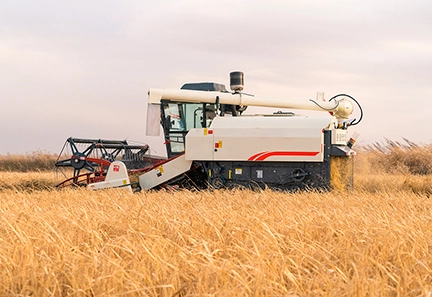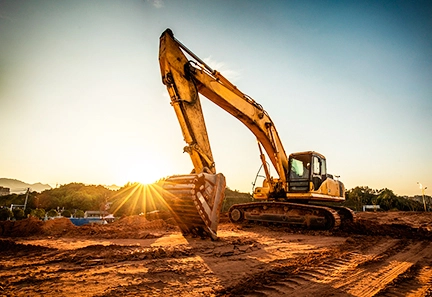In the relentless pursuit of sustainability and efficiency, the realm of hydraulic systems is undergoing a transformative shift, with energy-efficient designs taking center stage. Among the key players in this evolution are pilot operated directional control valves, whose innovative designs are not only enhancing performance but also contributing to greener practices within various industries.
Energy-efficient pilot operated directional control valves are engineered with a keen focus on streamlining flow dynamics. By minimizing pressure drops within the valve, these designs ensure that hydraulic fluid moves through the system with reduced resistance. The result is a more efficient transfer of energy, translating into lower energy consumption. This feature not only enhances the overall performance of hydraulic systems but also aligns with the growing emphasis on energy conservation in industrial applications.
Traditional hydraulic systems often grapple with fluid turbulence, leading to energy losses and increased wear and tear on system components. Energy-efficient pilot operated directional control valves are designed to mitigate turbulence, creating smoother fluid flows. This reduction in turbulence not only conserves energy but also contributes to the longevity of hydraulic components. The valves act as guardians, ensuring that hydraulic fluid moves through the system with minimal resistance, optimizing both efficiency and durability.
The energy-efficient designs of modern pilot operated directional control valves extend beyond minimizing losses—they enhance overall system responsiveness. These valves allow for precise control over the flow of hydraulic fluid, ensuring that the energy delivered aligns with the immediate needs of the system. By eliminating excess energy and reducing waste, these valves contribute to a more responsive and agile hydraulic system. The result is not just efficiency but a dynamic control mechanism that adapts to varying operational conditions in real-time.
In the era of Industry 4.0, energy-efficient pilot operated directional control valves are embracing intelligent electronic integration. These smart valves seamlessly integrate with electronic control systems, allowing for adaptive energy management. Electronic sensors and control algorithms monitor the real-time demands of the hydraulic system, adjusting the valve's operation to optimize energy usage. This level of intelligence ensures that energy is allocated precisely where and when it is needed, maximizing efficiency and minimizing unnecessary power consumption.
Energy-efficient designs in pilot operated directional control valve contribute to reduced heat generation within hydraulic systems. Traditional valves can generate excess heat during operation, leading to energy losses and potential thermal stress on system components. Advanced designs focus on dissipating heat more effectively, preserving energy within the system and ensuring that hydraulic machinery operates within optimal temperature ranges. This reduction in heat generation not only enhances energy efficiency but also promotes the overall health and reliability of hydraulic systems.
In conclusion, energy-efficient designs in pilot operated directional control valves herald a new era for hydraulic systems—one characterized by sustainability, efficiency, and adaptability. These valves, with their streamlined flow dynamics, turbulence mitigation, optimal control, intelligent electronic integration, and reduced heat generation, are pivotal in shaping the future of green hydraulics. As industries increasingly prioritize environmentally conscious practices, the energy-efficient designs of pilot operated directional control valves stand as beacons, guiding hydraulic systems toward a greener and more sustainable horizon. Their evolution reflects a commitment to not just meeting current energy demands but also shaping a future where hydraulic efficiency and environmental responsibility go hand in hand.


